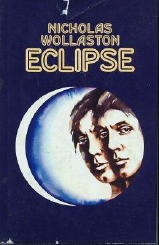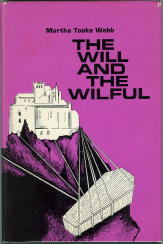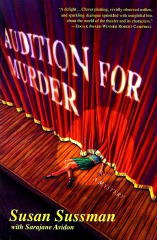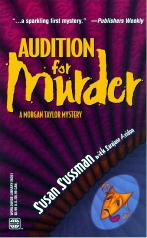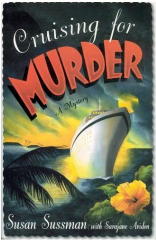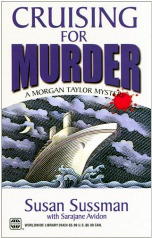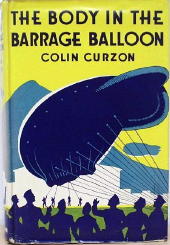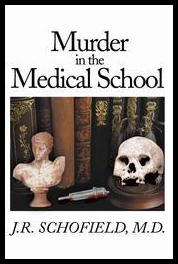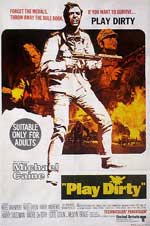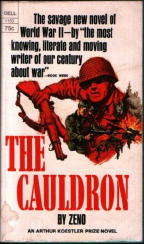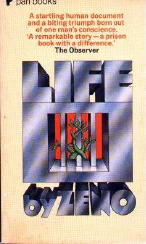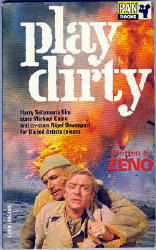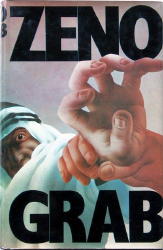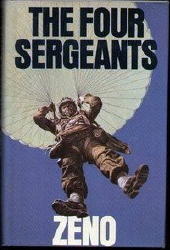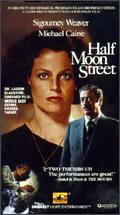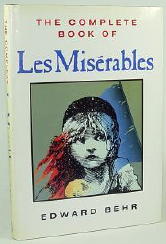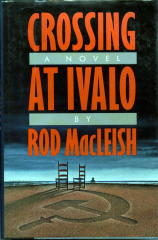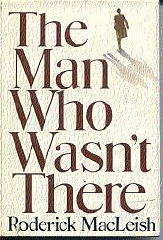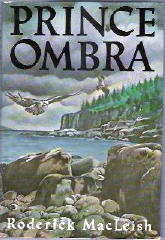As often happens, a blog entry on one subject will produce one on another, often an author which inspires a comment that generates a lot of research on yet another author, only accidentally related to the first one.
Case in point:
I reviewed the movie Catch Me a Spy not too long ago, a film based on a spy thriller by George Marton. No death date for Marton was known, but some fast research readily came up with one, and a short profile for him soon followed.
A comment left by Juri Nummelin wondered if the Marton’s story, “Play Dirty,” made into a film of the same name, meant that Marton and the pseudonymous “Zeno,” who wrote the novelization of the film, were one and the same man.
The answer, as it turns out, is no, the two are not the same at all. It was John Herrington in England who came up with the answer as to who Zeno was, although (with the advent of the Internet) it does not seem to have been a highly guarded secret.
Taken from a succession of emails from John —
This is a bio from the paperback of one of his books:
Before being commissioned in the field Z was himself a sergeant in the British First Airborne Division. Served with them in North Africa and Central Mediterranean, and at Arnheim – though he managed to escape. For last few months of his service, was deputy Assistant Adjutant General of an area in Southern India.
After the war, he has led an eventful life! Committed murder and jailed for it. Definitely eventful.
Ah, tracked the murder down. According to the Times, on the evening of the 23rd March 1958 Eric Battye, proprietor of the Mackworth Hotel, Swansea, was stabbed to death by one Gerald Theodore Lamarque, aged 46, of no fixed address. (A comment by his daughter on another web page says a ‘crime of passion’).
Found his death. His death is registered in London City in the fourth quarter of 1978, so October sounds correct. Date of birth given as 2nd June 1920, so the age in the murder report appears wrong.
And found his birth. Gerald T. La Marque (mother’s name Norton) registered in West Ham 3rd quarter of 1920. A typo I presume, as his father was Robert Gerald Lamarque, born 1886, married Dorothy C. Norton in 1912. It seems his father lived in West Ham most of his life.
Zeno’s prior entry in Crime Fiction IV, by Allen J. Hubin, previously contained only one title, and as you will see below, next to no other information about him:
ZENO; pseudonym
* Grab (London: Macmillan, 1970, hc) [Africa] Stein, 1970.
A further investigation on my part produced the following partial bibliography for him. It is incomplete, as I suspect that some titles that aren’t so indicated may have been published in the UK in hardcover, most likely by Macmillan.
The Cauldron. Stein & Day, hc, 1967; Dell, pb, 1968. Pan, UK, pb.
“The savage new novel of World War II – by the most knowing, literate and moving writer of our century about war” and “The Author of this extrordinary novel is now serving a life sentance for homicide. He has been in the past a soldier, a sailor and a farmer. He fought with the British 1st Airborne Division at Arnhem. This is the story of a platoon in that ill-fated battle. It makes every other novel of war seem like a tale for children…”
“The Cauldron traces the fortunes of the men of a single pathfinder platoon, from their pre flight briefing in afternoon sunlight on an English airfield to the bitter end nine days later, trapped with the shattered remnants of the parachute brigade in the smoking ruins of Arnhem, The Dutch village that came to be known as the cauldron.”
Winner of an Arthur Koestler prize for prison literature.
Life. Stein & Day, hc, 1968. Macmillan, hc, UK, 1968; Pan, UK, pb, 1970.
The author’s experience in Wormwood Scrubs prison as a ‘lifer.’ “A startling human document and a biting triumph born out of one man’s conscience. A prison book with a difference.”
Play Dirty. Dell, pb, 1969. Pan, UK, pb, 1969. Novelization of the movie of the same title. No hardcover editions.
Led by a young demolition expert, with a callous mass-murderer as his deputy, a bizarre group of killers and perverts — the scum of the Middle East — are sent on a desperate mission behind Rommel’s lines… Hating the Germans a little more than they hate each other, the exploits of these ruthless saboteurs are studded with murder, treachery and heroism as they fight a bitter war — knowing the winner must play dirty.
Grab. Stein & Day, hc, 1970. Macmillan, UK, hc, 1970; Pan, UK, pb, 1972.
Thriller about an ex-MI6 agent hired to collect an Arab in the desert and finding himself pitted against a sinister syndicate called the Greeks.
The Four Sergeants. Atheneum, hc,1977. Pan, UK, pb
World War II fiction: “In the summer of 1943, four platoon sergeants, with precarious orders from their generals, parachute into Sicily to blow up a bridge.” Another citation says: “The 21st Independent Parachute Company included at least 26 Austrian, German, Polish and Czech anti-Nazi Refugees, who volunteered from the Pioneer Corps, using mostly Irish and Scottish Nommes de Guerre — almost all of whom were Jewish. In the novel The Four Sergeants by Zeno, their courage is described as outstanding by the author, who fought with them.”
Of these titles, Play Dirty has been included in Part 15 of the online Addenda to the Revised Crime Fiction IV, just uploaded, but with a hyphen to indicate marginal crime-related content.
